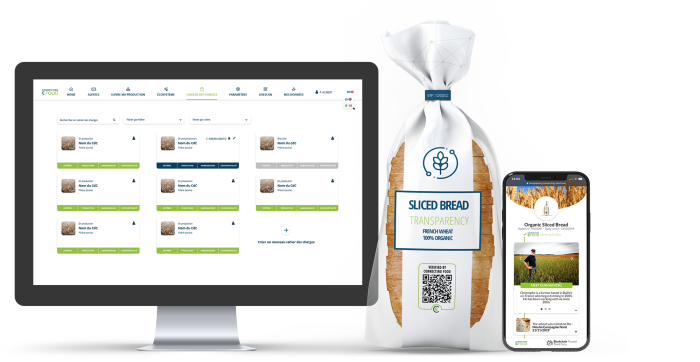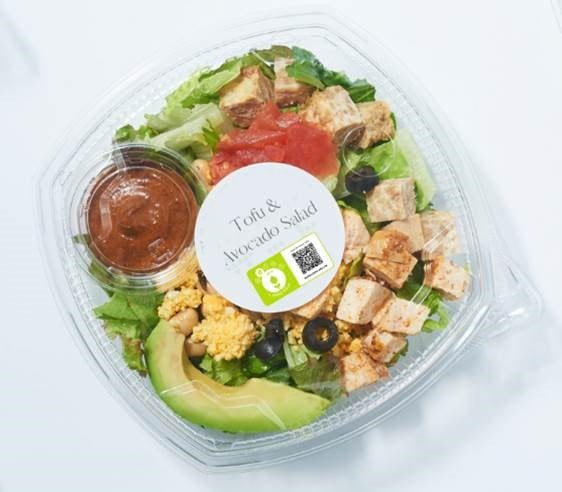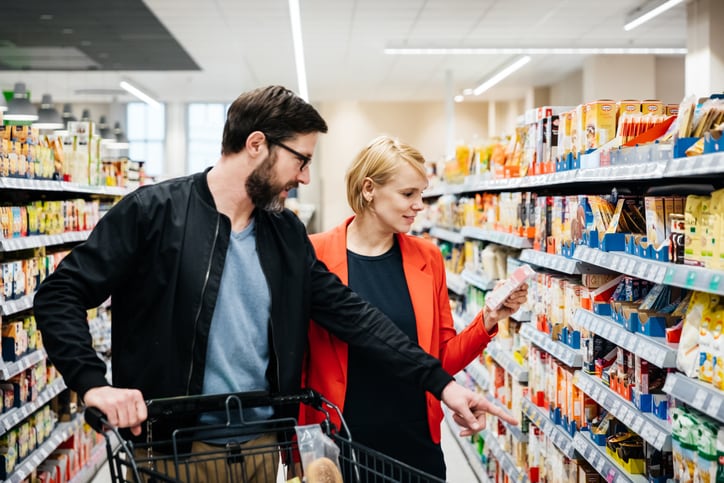Today, more than ever, we want to know where our food comes from. Transparency in the food supply chain is one of the leading trends in 2021, market intelligence company, Innova, found. By providing transparency from the farm to the fork, food companies can build confidence and trust with consumers, and help to safeguard them from food safety concerns.
Over 86% of shoppers are demanding more transparency from their food products, a report by the Food Marketing Institute on The Transparency Imperative: Product Labeling from the Consumer Perspective states. If food manufacturers and retailers give access to complete and easy-to-understand definitions for all ingredients, it creates more trust, the research indicated.
As the food industry acknowledges, consumers value transparency. In addition, 74% of shoppers are ready to switch brands for an alternative that provides more in-depth information about the origin of its products.
Transparency is important to consumers when shopping for food both online and offline. For omnichannel shoppers who buy their food by both digital and physical means, 69% want to receive more information about a product when shopping online compared to when entering offline stores, FMI 2020 research report Transparency Trends: Omnichannel Grocery Shopping from the Consumer Perspective reveals.
Using technology to provide transparency
Connecting Food provides transparency by plugging its blockchain-based platform into existing data sources from field to store, gathering existing traceability information from the various IT systems along the way. The data is then standardised and analysed, to allow for aggregation and to ensure each product is truly compliant with its requirements.
Sharing the value this provides, Coline Laurent, Marketing and Communication Manager at Connecting Food, explained: “This is important both to allow brands and retailers to achieve end-to-end traceability and also to allow them to improve their consumer-facing transparency.”
For Connecting Food, this happens via a QR code printed on the product’s packaging. The code enables shoppers to discover the product’s entire journey to their home, including how it was made and by whom. “It is the power of storytelling, backed by data, and this is how you achieve the marketing of proof,” added Laurent.

Extensive opportunities for technological adoption
The consumer appetite for clear and comprehensive information is a hallmark of our food industry in 2021. The congruence of climate change and the COVID-19 pandemic have arguably led consumers to seek more information and data to guide their purchasing decisions.
Technology is able to provide a simple, easy-to-understand and thorough view of the farm to fork journey. Ongoing advancements in technology are creating increased transparency in the food industry in the immediate future.
“Today the industry is mainly focused on supply chain traceability as a whole,” Laurent relayed. “But as new technologies develop, as we evolve towards a more product-centric traceability, the concept of creating ‘Digital Twins’, first used by NASA in 2010, is making its way through the food industry,” Laurent added. A digital twin is a virtual depiction of a real-life object or process that acts as its digital version.
Connecting Food is currently working on being able to associate each physical food product or ingredient with its digital, data-made counterpart.
Achieving full transparency in food
Commenting on what barriers the food industry must overcome to make transparency throughout the supply chain a reality, Laurent urged: “It is time for food companies to stop waiting for traceability mandates and take a more proactive approach towards how these new technologies will fit into their businesses.”
“Businesses have to understand that within the next five years, both food authorities and consumers will expect total transparency,” stressed Laurent.
We can expect to see the commercial relationship between buyers and suppliers change too, with bids evolving past being purely price-based and instead, focusing on the sustainability and origin of products too. “Those who are able to provide proof of their promises will be the ones to come out on top,” emphasised Laurent.




